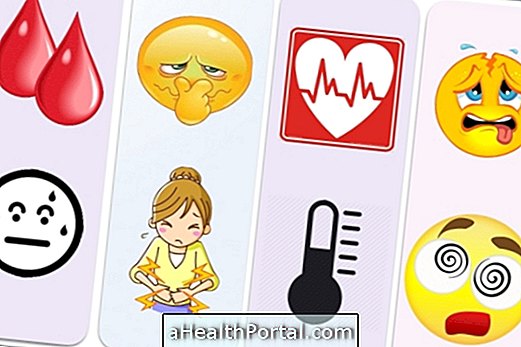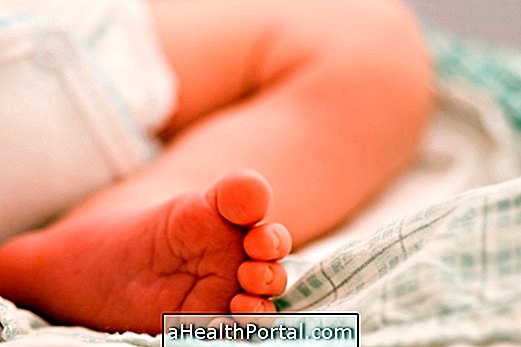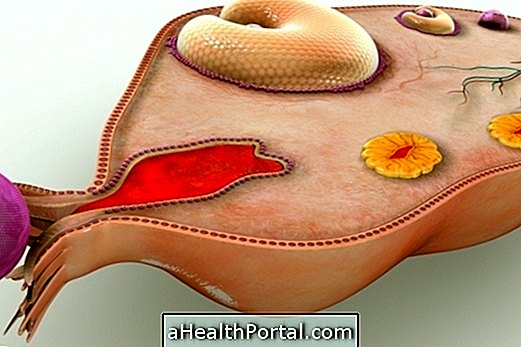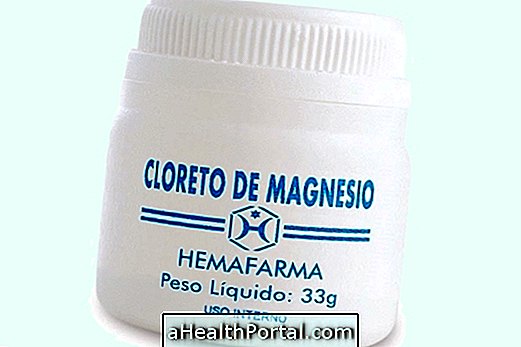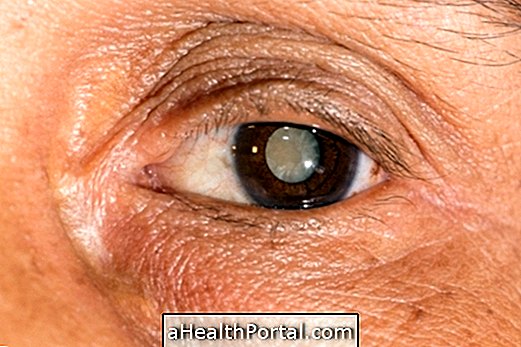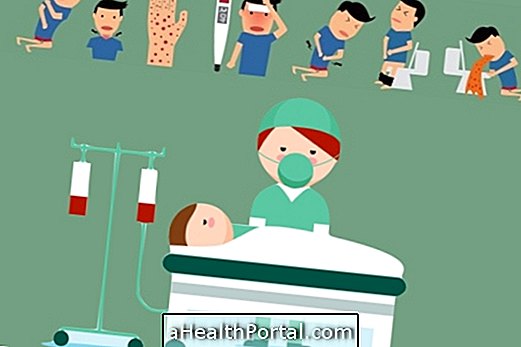The vaccine against H1N1 influenza virus contains an inactive virus particle, which is sufficient to lead to the production of anti-H1N1 antibodies, thus protecting against disease. However, in some people, this vaccine can cause Guillain-Barre syndrome, a degenerative neurological disease that can lead to death.
This syndrome can settle after vaccination by an 'error' in the immune system, which instead of attacking the influenza virus, starts to attack the cells of the nervous system, causing the disease. However, this change is very rare and vaccination remains the best way to protect against H1N1 flu, a disease that can have serious complications and cause pneumonia.

How to know if the vaccine is safe
Any vaccine taken in the private network or administered at hospitals and health centers by the SUS is reliable and protects from the disease. There is no way to know when a person can develop the syndrome or not, but if between 15 and 40 days after taking the vaccine symptoms appear like tingling, lack of strength in the muscles and difficulty in making efforts should go to the doctor for the due diagnosis and initiation of treatment.
Who should be vaccinated
Although everyone can take the flu vaccine, it is especially suitable for children, with the knowledge of the pediatrician, the elderly over 60, pregnant women and health professionals because these can easily spread the disease to many people.
Those who have the flu can also take the flu vaccine.
Understand Guillain-Barré Syndrome
Guillain-Barre syndrome is more common in men and is characterized by inflammation of the peripheral nerves causing muscle weakness that begins in the legs, and that gradually rises, affecting the abdomen, the arms, being particularly severe if it affects the diaphragm, which is the main muscle of breathing.
Usually the affected person looks for the doctor because he begins to have difficulty walking and lifting objects, which are characteristic of this syndrome. Your treatment may include the use of remedies and physiotherapy sessions, and healing is usually achieved in 1 to 2 months, although in some cases, it may be a little more time-consuming. To know more details of this disease click here.




